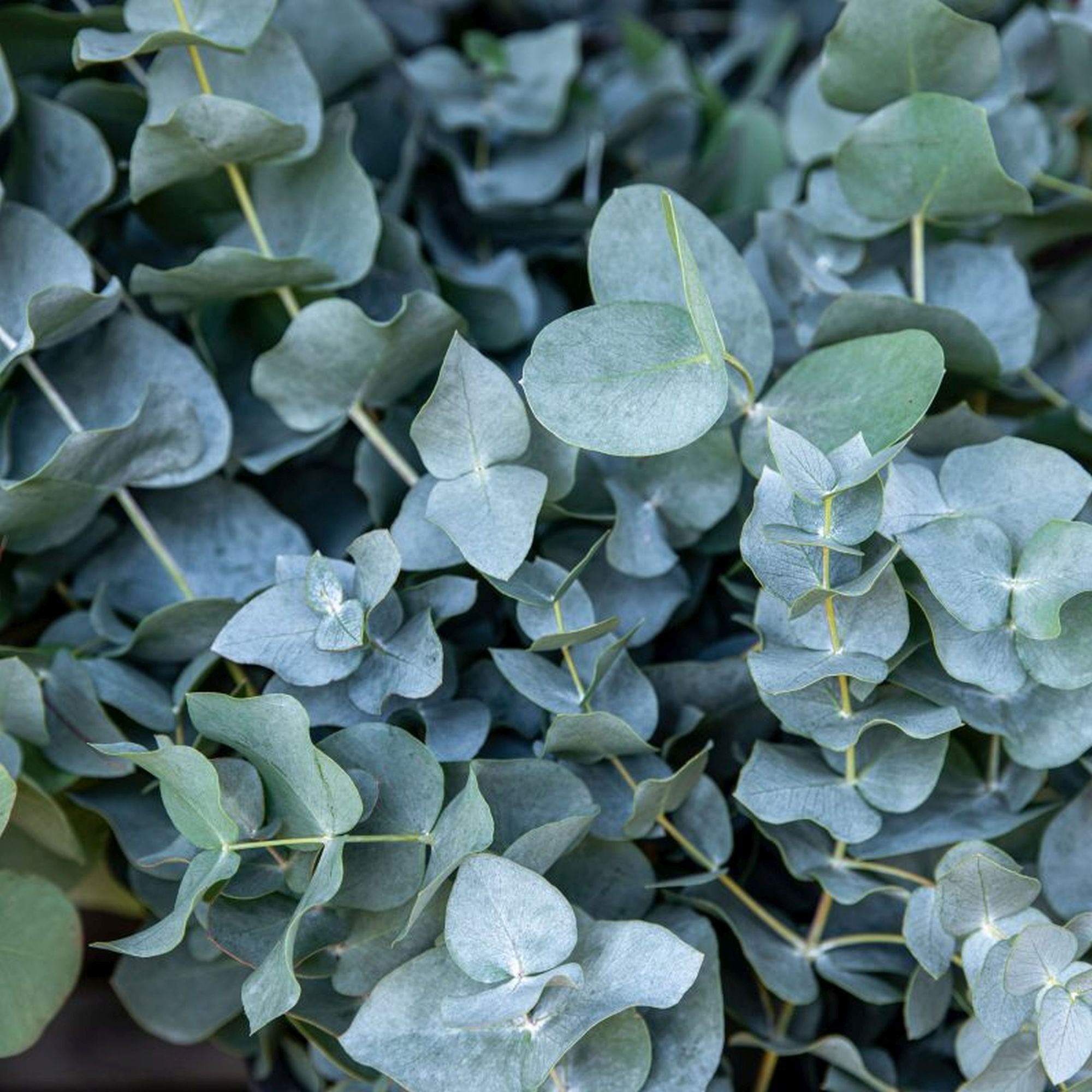The eucalyptus tree, with its distinctive aroma and versatility, has become a prized species for cultivation across the globe. Native to Australia, eucalyptus has been successfully introduced and naturalized in many regions, offering a wide range of benefits from timber production to essential oil extraction. However, its growth requirements and adaptability vary significantly depending on the geographical location, climate, and soil conditions. This comprehensive guide aims to explore the best practices for growing eucalyptus in different global regions, highlighting the specific challenges and opportunities each presents.
Introduction to Eucalyptus Cultivation
Before diving into regional specifics, it’s essential to understand the basic needs of eucalyptus trees. These fast-growing evergreens thrive in well-drained soil and full sun, preferring temperatures between 65°F and 95°F (18°C and 35°C). Eucalyptus is relatively drought-tolerant once established but benefits from regular watering, especially during the first year of growth. The choice of eucalyptus species is also crucial, as different varieties exhibit varying degrees of cold hardiness, growth rates, and oil content.
Regional Growing Conditions
Tropical and Subtropical Regions
Countries near the equator, such as those in Southeast Asia, Africa, and parts of South America, offer ideal conditions for eucalyptus growth. The warm, humid climate allows for year-round growth, and the trees can reach maturity quickly. However, these regions also pose challenges such as high rainfall, which can lead to waterlogged soil, and the potential for pest and disease issues due to the humid environment. In these areas, selecting disease-resistant varieties and implementing diligent pest management practices are key.
Temperate Regions
In temperate climates, such as those found in parts of North America, Europe, and Australia, eucalyptus cultivation requires careful planning. These regions experience colder winters, which can limit the range of suitable eucalyptus species. Cold-hardy varieties like Eucalyptus gunnii and Eucalyptus pauciflora are preferred for their ability to withstand frost. Additionally, growers must be prepared for potential droughts during the summer months, necessitating efficient irrigation systems.
Mediterranean Climate Regions
The Mediterranean climate, characterized by hot, dry summers and mild, wet winters, is particularly well-suited for eucalyptus cultivation. Regions such as California, parts of the Mediterranean basin, and South Africa’s Western Cape province can support a wide range of eucalyptus species. The dry summers help control pests and diseases, while the cool, wet winters promote healthy growth. However, the risk of wildfires, common in these areas, must be considered, and fire management practices should be integrated into farm planning.
Soil and Irrigation Considerations
Regardless of the region, eucalyptus trees prefer well-drained, slightly acidic soil. In areas with heavy clay or sandy soils, amendments may be necessary to improve drainage and fertility. Irrigation practices should balance the need for consistent moisture, especially during the establishment phase, with the risk of overwatering, which can lead to root rot and other issues.
Pest and Disease Management
Eucalyptus trees can be susceptible to various pests and diseases, including fungal infections, aphids, and spider mites. Integrated pest management (IPM) strategies, which combine physical, cultural, biological, and chemical controls, are recommended. Regular monitoring, maintaining tree health through proper nutrition and hydration, and using organic control methods whenever possible are key components of effective IPM.
Conclusion
Eucalyptus cultivation offers a rewarding opportunity for growers worldwide, thanks to its adaptability and the variety of benefits it provides. Whether for timber, essential oils, or as an ornamental, understanding the specific growing conditions and challenges of each global region is crucial for success. By selecting the right species, implementing appropriate soil and irrigation management, and adopting proactive pest and disease control measures, eucalyptus can thrive in diverse environments, contributing to sustainable forestry practices and supporting local economies.
What are the fastest-growing eucalyptus species suitable for tropical regions?
+Species like *Eucalyptus grandis* and *Eucalyptus urophylla* are known for their rapid growth rates and are well-suited for tropical environments. They can grow up to 3-4 meters per year under ideal conditions.
How often should eucalyptus trees be watered in temperate climates?
+Eucalyptus trees in temperate climates should be watered regularly, especially during their first year of growth. A general rule of thumb is to provide about 1 inch of water per week, either from rainfall or irrigation. However, this may vary based on soil type and weather conditions.
What are some common pests affecting eucalyptus trees, and how can they be controlled?
+Pests such as aphids, whiteflies, and spider mites can be problematic. Control methods include introducing natural predators, using neem oil, and practicing good hygiene around the trees to prevent the spread of disease. Regular inspection and early intervention are key to preventing infestations.
In the journey to cultivate eucalyptus successfully, understanding the nuances of regional growing conditions, coupled with diligent management practices, is pivotal. Whether you are a seasoned farmer or an enthusiast looking to introduce eucalyptus to your landscape, the rewards of this versatile and captivating tree make the effort well worthwhile.



